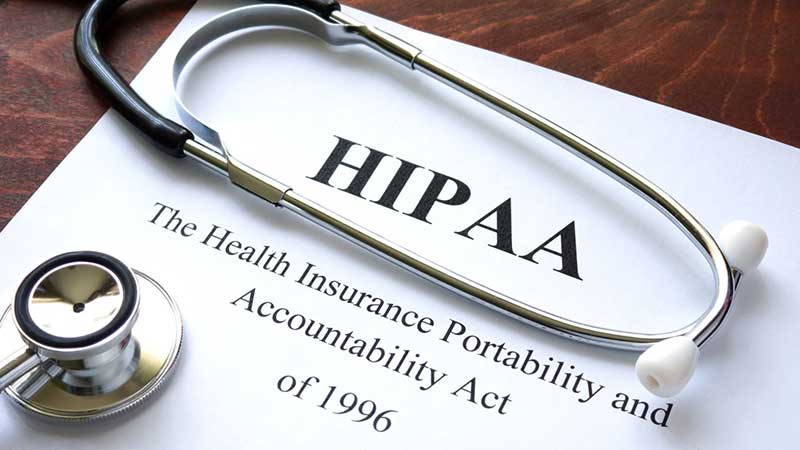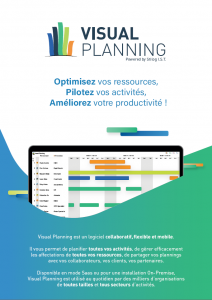According to IBISWorld, total health expenditures in 2021 increased by 10.9% due to pent-up demand for in-person appointments following the COVID-19 pandemic. An increase in patients means good news for clinic bottom lines, as revenues increase when appointments do. But sudden demands can exacerbate ongoing challenges for medical clinics, which may be dealing with staffing shortages.
Investing in effective clinic management can help you ensure more seamless processes and the ability to meet the needs of your patients, even in the face of such challenges.
What Is Clinic Management?

Clinic management is a broad term that refers to the strategic management of a medical clinic, including human resources and staffing, oversight of patient care, claims billing and collections and other processes required to support positive patient outcomes and the health of the clinic’s bottom line. Technical resources, including solutions such as electronic medical records and scheduling software, are usually part of clinic management.
Why Is Strategic Management Important in Healthcare?

Healthcare organizations of any size are expensive to run, and margins can be low. In March 2021, for example, average hospital margins in the United States were only 1.4% without counting federal aid. Strategic management helps control costs and drive revenue to ensure there’s any margin at all.
Other benefits of strategic management in healthcare, including medical clinics, are:
- A support for big-picture thinking. Strategy allows clinical providers to understand more about the business challenges of running a clinic while helping administrative staff understand the importance of patient satisfaction and quality of care.
- The ability to pivot. Strategic management keeps an eye on the future and ensures clinics are nimble, so they can pivot to provide the right services to support current patient populations. One example is the way some clinics were able to seamlessly step into telehealth during the height of the COVID-19 pandemic because their leadership was prepared with the right resources.
- Better ability to staff appropriately. Approaching patient care strategically means thinking about the needs of the future and the type of staff you might need to meet them. Staffing strategically reduces the patients’ wait time for an appointment and helps ensure you have the right teams to provide specialized care.
How Do You Effectively Manage a Clinic?: 5 Tips

Integrating the tips below can help you more effectively manage a medical clinic. That’s true whether you’re running an office with two doctors and a few staff members or a large clinic with staffing numbers that might rival a small hospital.
1. Get Staff Input
Ask staff what they want or think about various processes. No matter how experienced you are as a clinician or healthcare administrator, you likely haven’t done every job required in a clinic setting. Talking to staff who are experienced with caring for patients, managing billing and revenue, or cleaning in a medical setting can help you:
- Understand every position’s point of view
- Learn about challenges and blockers at each level
- Discover tips for better processes that you might otherwise miss
- Create processes and management protocols that support employee morale
2. Be Proactive With Processes

When you create processes, always default to the proactive when you can. For example, ensure your front office processes for patient check-in involve reaching out via phone and/or email prior to an appointment time.
By prompting patients to complete intake forms and provide insurance information before their appointments, you can ensure you have everything you need for proper claims billing. This also gives your staff time to verify insurance and work with the patient on payment arrangements so there aren’t any surprises on the day of the appointment. A proactive approach is a revenue-positive approach for medical offices.
3. Gather Data Before Making Improvements
Before you make changes to existing processes, take time to ensure they are good changes. It’s tempting to shoot from the hip, especially if you have long-term experience in medical clinic management. But what worked in one office may not work in another. There are big differences, for example, between an oncology clinic and a general pediatric clinic.
Instead, start by gathering data. This can include:
- Talking to various staff members to get their input about what’s working and what’s not
- Reviewing reports, such as charge, revenue and claims denial reports
- Getting patient feedback in the form of surveys, reviews or even one-on-ones
Use this data to get a big-picture understanding of the biggest challenges or issues in the medical clinic. Choose one of those challenges and brainstorm solutions (with your staff, if appropriate) before selecting one to implement. Repeat the process for each challenge.
Because there’s room for continuous improvement in any medical clinic, repeat this entire process periodically.
4. Remain Compliant With Industry Rules and Regulations

From HIPAA to the Stark Law, the medical industry is regulated by a number of federal acts. Then there are state and local rules as well as best practices promoted by industry associations. Remaining compliant with laws and staying up-to-date with best practices is critical to success as a medical clinic.
Consider putting someone in charge of compliance, and regularly reach out to a local ombudsmen and other resources for assistance in staying on the right side of regulations.
5. Use the Right Software
Finally, deploy the right technical tools in your clinic to manage patient appointments, employee shifts and other aspects of the business. Some relevant software includes:
- Electronic medical records, which keep patient digital records accessible but secure and support coordination of care with other providers
- Medical billing software, which lets you send electronic claims to various payers to reduce payment times and enhance revenue
- Employee scheduling software, which lets you ensure the right staff members are on shifts and ready to serve patient needs
- HR-related software, which supports the management of your staff and their information
For more information about software that can help you manage your clinic more effectively, reach out to Visual Planning today and ask for a demo.
Clinic Management FAQs

How can medical clinics improve?
Medical clinics can look to multiple goals to find places for improvement. That can include patient satisfaction, revenue generation, patient outcomes and cost efficiencies. In many cases, identifying a challenge and leveraging software systems and automation solutions to solve it is a great way to bring improvement to a clinic.
How do you promote a clinic?
Clinics can be promoted like any other business, though medical practitioners do have to comply with any laws about claims they might make. Local television and radio ads, billboard signs and even direct mail marketing are great ways to promote clinics. But online marketing, such as search engine optimization and paid ads, often provides excellent ROI too.
How can patient scheduling be improved?
Patient scheduling can be improved with enhanced communication, such as confirming appointments with patients a day or two before via phone or email with ways to reschedule if necessary. Other common improvements include using software to manage appointments to reduce overbooking and automation to help ensure timely follow-ups.
What are four basic types of medical practice management systems?
The four types of medical practice management systems include:
- Scheduling software
- Billing solutions
- Electronic medical records or document systems
- Reporting systems, particularly for revenue or accounting purposes
Manale is a passionate about digital marketing. She joined STILOG I.S.T in 2018.
She brings SEO & SEA expertise, email marketing and creative content marketing to create a great brand experience for Visual Planning customers.



